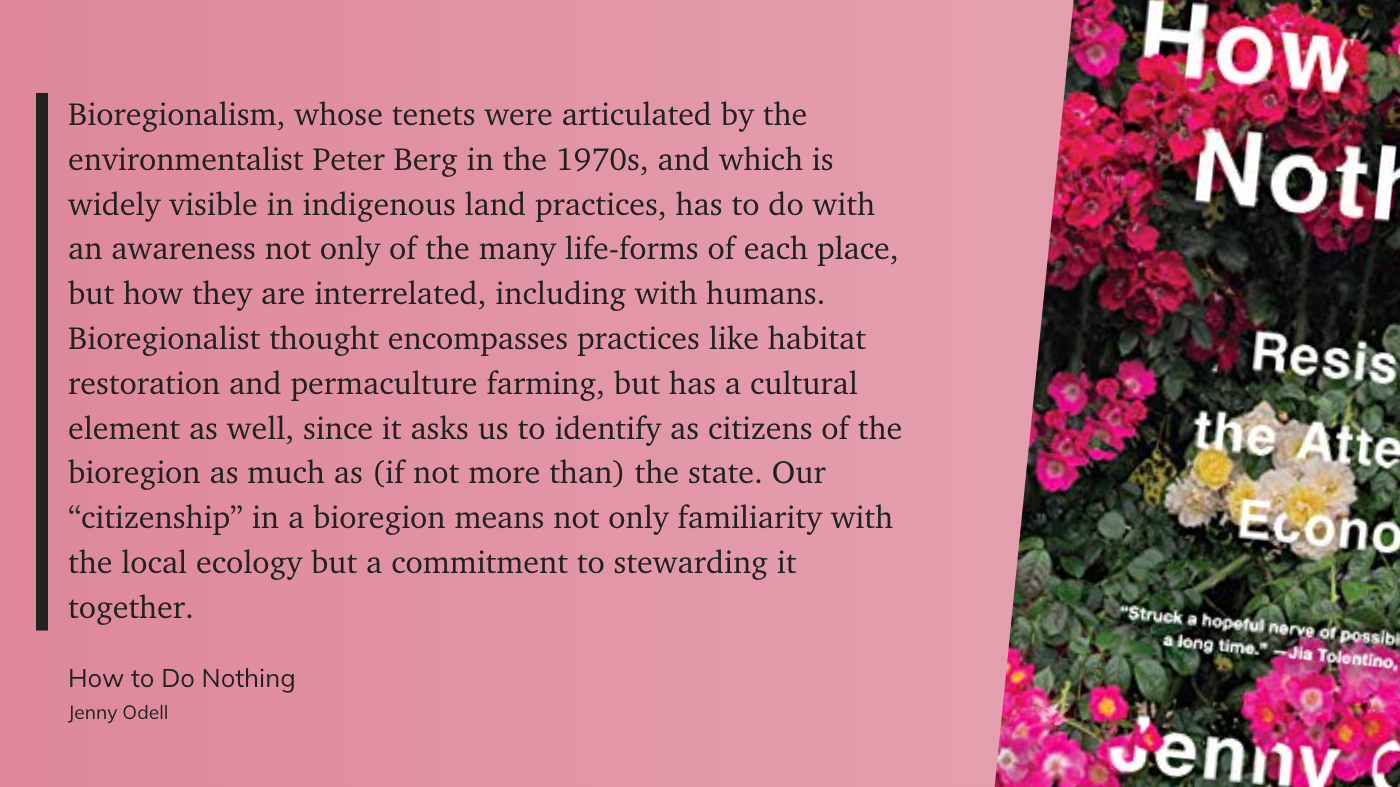slow water
“I’ve come to think of this trend as the ‘Slow Water’ movement. Like the Slow Food movement founded in Italy in the late 20th century in opposition to fast food and all its ills, Slow Water seeks to remedy the ways in which redirecting and speeding water off the land causes problems.
Slow Water mimics or collaborates with natural systems, restoring space for water to slow on land in wetlands, floodplains, mountain meadows, forests, tidal marshes, and mangroves. Slow Water is distributed, not centralised: think of the wet zones scattered throughout a wild watershed instead of a big dam and reservoir. It is also socially just: Slow Water doesn’t take water from some people to give to others, or protect some communities while pushing floods on to another. Slow Water gives communities agency to restore resilience to their local landscapes and revive local cultures. And in taking a systems-oriented approach, it simultaneously supports local water availability, flood control, natural carbon storage, and other-than-human life.”
Erica Gies, What Does Water Want? Most Humans Seem to Have Forgotten
great acceleration
“Environmentalists now refer to the late 1940s as the “Great Acceleration” – the period in which humanity’s impact on the planet increased exponentially.”
Ending Over Mending: Planned Obsolescence Is Killing the Planet | Jeff Sparrow
bioregionalism
“Bioregionalism, whose tenets were articulated by the environmentalist Peter Berg in the 1970s, and which is widely visible in indigenous land practices, has to do with an awareness not only of the many life-forms of each place, but how they are interrelated, including with humans. Bioregionalist thought encompasses practices like habitat restoration and permaculture farming, but has a cultural element as well, since it asks us to identify as citizens of the bioregion as much as (if not more than) the state. Our “citizenship” in a bioregion means not only familiarity with the local ecology but a commitment to stewarding it together.”
Jenny Odell, How to Do Nothing
